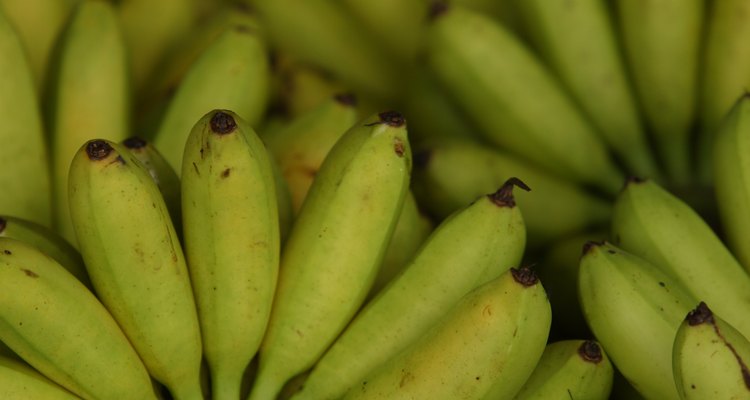
Bananas have more sugar and starch than most fruit -- each features 110 calories and 19 grams of sugar -- but they're also loaded with vitamin C and potassium. Their thick peels help protect the fruit, but they're not indestructible. As bananas ripen, the peels naturally develop brown spots. The fruit inside can also develop brown areas, which are, in most cases, perfectly safe to eat.
Safety
Eating a banana with brown spots won't hurt you. The brown spots simply indicate that the banana has passed from unripe to ripe. Within a few days, however, the banana won't sport just a few spots -- it will turn entirely brown. At this point, it won't hurt you to eat the banana, but it probably won't be very appetizing. Once the banana starts to shrivel, ooze liquid or grow mold, it has spoiled and should not be eaten. In addition to visual signs of spoilage, rotting bananas have a sour odor.
Nutrition
In addition to brown spots on the skin caused by ripening, you might also notice bruises or brown spots on the fruit. These areas brown because the cell walls of the fruit have been damaged and are becoming oxidized. Brown spots on the fruit might be unappetizing, but they don't alter the fruit's nutritional value. Simply cut the bruised area out with a knife.
Taste
Whether to eat a banana with brown spots or not is mostly a matter of personal preference. Green bananas have an unappealing woody texture and little flavor. Don't bother eating them. As the banana matures, the texture softens and the banana gains its characteristic flavor. A banana that is yellow with no brown spots still has a slightly firm texture but good banana flavor. Once the brown spots appear, the banana has softened even more. If you prefer soft bananas, by all means, eat the banana with brown spots. If not, throw those bananas in a batch of smoothies or toss them in bread and muffins.
Storage
Bananas are harvested green for two reasons. They ripen better when harvested green and, in most cases, they must travel a long way to reach their destination, so harvesting them green ensures that they won't become overripe too soon. At room temperature, bananas last from two to seven days, depending on how green they were when you bought them. If you want to store them longer, put them in the refrigerator for as long as five days. They stop ripening in the fridge, so set them on the countertop a day or two before you want to eat them. Storing bananas in the fridge can cause the skins to darken but doesn't affect the quality of the fruit. For longer storage, peel the bananas and place them in plastic containers or bags. Freeze them for as long as three months. Freezing bananas changes their texture but makes them ideal in smoothies or banana bread.
Related Articles

Can You Peel and Refrigerate Bananas ...

How to Prevent Bananas From Browning ...

Stages of a Ripening Banana

Why Do Banana Peels Turn Brown?

Are Bananas Safe to Eat if the Skin Is ...
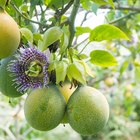
How to Eat a Maypop When Ripe

Do Bananas Ever Get Too Rotten to Cook?
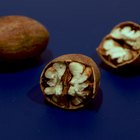
How to Remove Pecans From the Green ...

List of Tropical Fruits

Does Mango Turn Brown?

How Long Does Banana Bread Stay Fresh?

How to Steam a Banana

When Is Grapefruit Season in Florida?

How to Freeze Apples With Lemon Juice

When Is Bok Choy Bad?
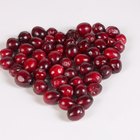
How to Freeze Sour Cherries

How to Keep Brown Plantains Fresh

How to Keep Pomegranate Fresh

Do Almonds Ever Go Bad?
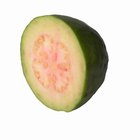
How to Peel Guava
References
Writer Bio
Julie Christensen is a food writer, caterer, and mom-chef. She's the creator of MarmaladeMom.org, dedicated to family fun and delicious food, and released a book titled "More Than Pot Roast: Fast, Fresh Slow Cooker Recipes."
Photo Credits
Photos.com/Photos.com/Getty Images